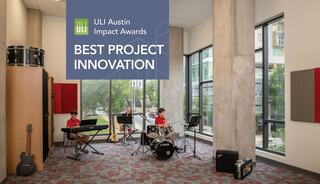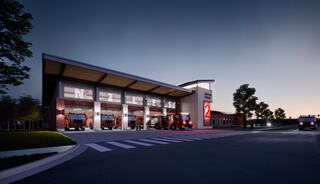
Insights
Explore the latest news and thought leadership from industry experts.


St. Louis PK-12 Leader Emily Spindler Shares Insights on the Future of Ed Spaces
Press, Education, Design

FGMA Takes Home Honors Award and People's Choice at 2025 AIA NEI Awards
Awards

A Shared Vision for Community: The Downers Grove Civic Center Redefines Collaboration and Sustainability
Design, Projects

Prairie Trails School Receives 2025 The Capitol Award, Top AIA Illinois Honors Award
Awards

FGM Architects Welcomes Matthew D. Loyet as Principal in O’Fallon Office
News

Building Trust, Building Futures for Federal Clients
Design

Two FGMA Fire Stations Win 2025 F.I.E.R.O. Awards
Awards

St. Austin Parish and School Redevelopment Receives Best Project Innovation Award
Awards

Bringing Architecture to Life: Victor Rivera Andino on the Power of Renderings
Education, Design

Designing for the Senses: How Architecture and Education Meet to Create Inclusive Schools
Education, Design

Jersey Meadow Golf Club Takes Second Place for Golf Inc.'s 2025 Clubhouse of the Year
Awards
Subscribe for the latest insights, industry news and other updates from FGMA.
Sign Up

